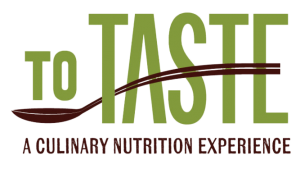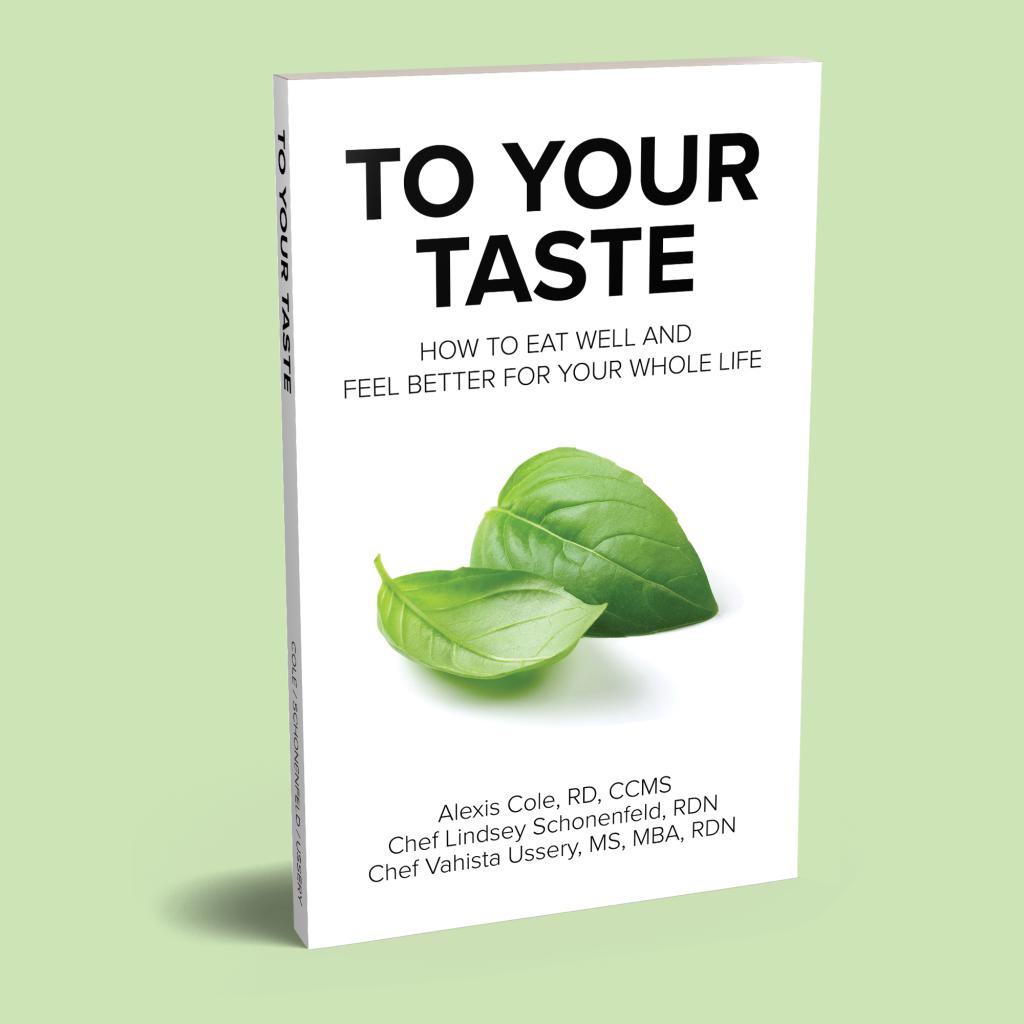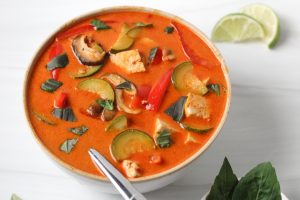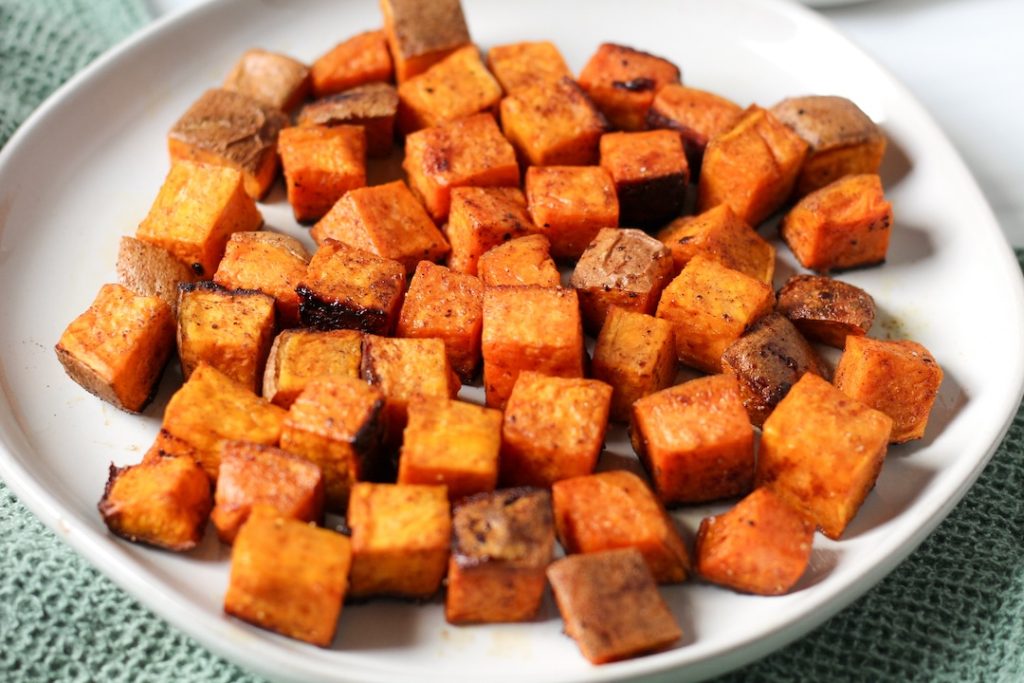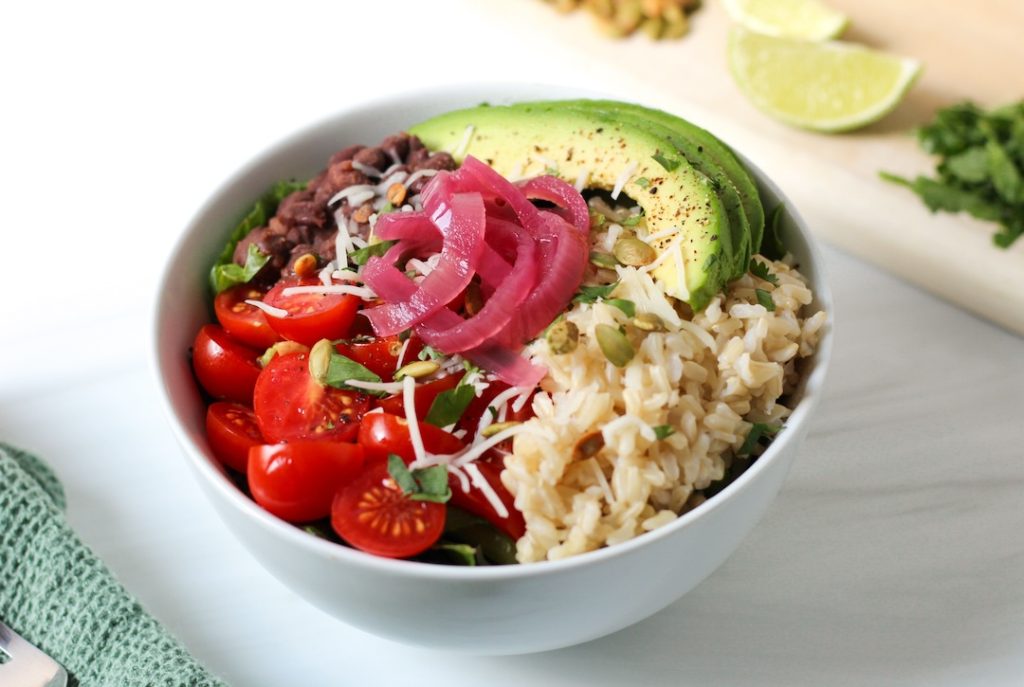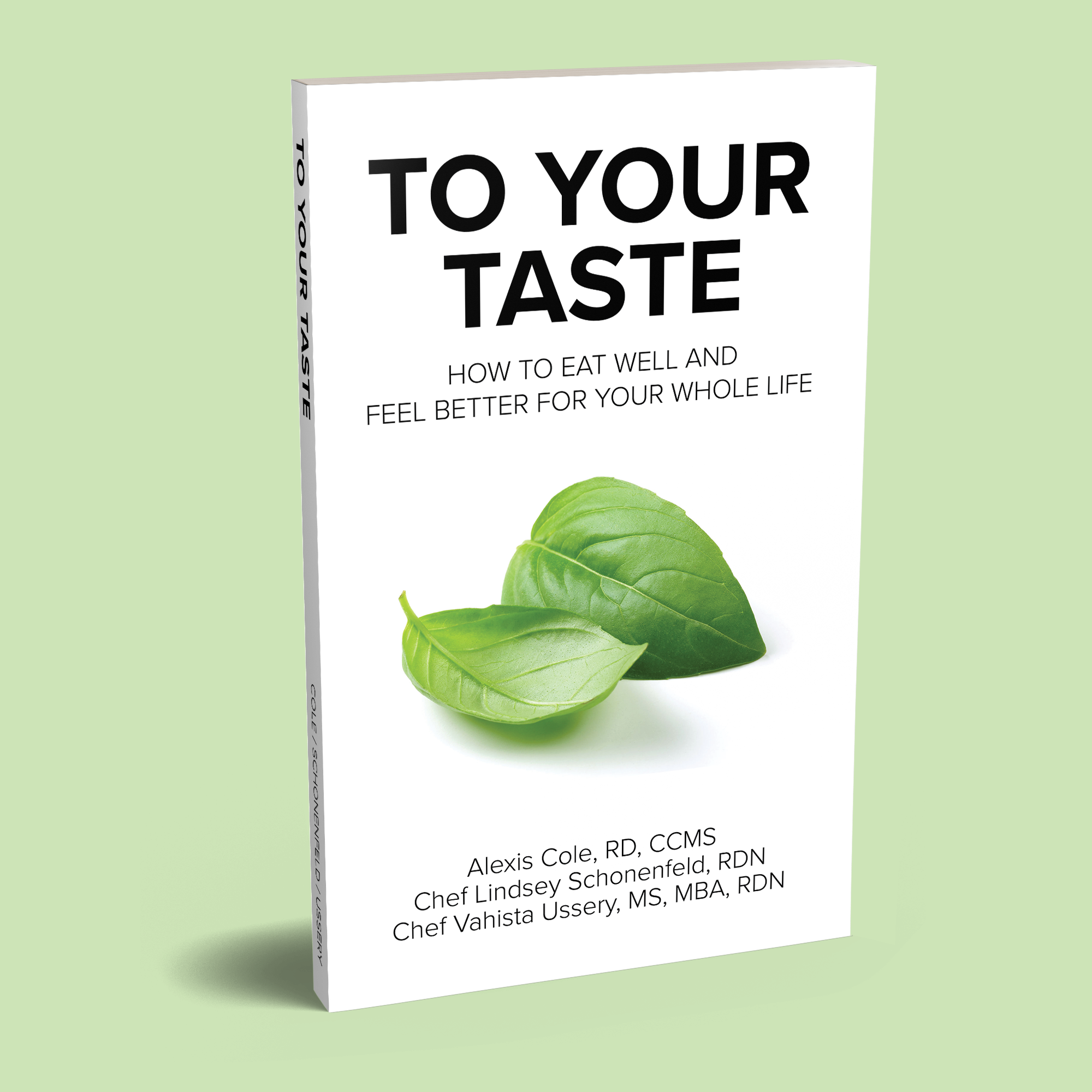This is the variation of our grain salad base recipe as seen in our Whole Life Meal Plan. Bulgur is a delicious and often under-appreciated whole grain; it’s easier to make than rice, has great texture, and is full of fiber and protein. This bulgur salad with broccoli and tomatoes is a great meal on its own or makes for a flavorful and colorful side!
Learn How to Make the Base Recipe
Three Must-Know Cooking Skills
For recipe success, learn how to:
Culinary Tips for the Best Bulgur Salad with Feta
For extra flavor, don’t rinse the bulgur; instead, toast it in the pot before adding the water.
We highly recommend blanching the broccoli to reduce its bitter flavor and enhance its beautiful bright green color.
Be sure to drain and rinse the beans well.
Toasting the nuts really enhances their flavor; don’t skip this step!
If you want a cold bulgur salad, transfer the cooked bulgur to a large plate or baking sheet after cooking and place in the fridge or freezer for a few minutes to cool.
Ingredient Substitutions
- Bulgur: any whole grain will work, but we don’t recommend using oats. Choose intact whole grains that keep their shape – brown rice, farro, wild rice, quinoa, or barley.
- Garbanzo Beans: substitute white beans or black eyed peas. To make a lentil bulgur salad, use 1 ½ cups cooked green or brown lentils.
- Broccoli & Tomatoes: substitute or add diced cucumber, carrots, red or orange bell pepper, zucchini, or summer squash.
- Feta: substitute goat cheese, parmesan, Grana Padano, Pecorino Romano, asiago, or aged cheddar.
- Slivered Almonds: substitute chopped toasted walnuts, pecans, pumpkin seeds, or sunflower seeds.
- Parsley: substitute fresh basil, chives, mint, or dill. Dill and mint can have stronger flavors, so start with 2 Tablespoons, then adjust to taste. We don’t recommend using dried parsley, as its flavor is not as strong.
- Balsamic Vinaigrette: any type of dressing will work. We prefer vinaigrettes to creamy dressings for nutrition reasons, but we realize that creamy types can be delicious too! If purchasing a dressing, look for ingredients that you can recognize and pronounce. Pesto is another tasty option too.
We love getting our oil and vinegar from Enzo’s Table. Click on the picture below to try out dozens of different oils, vinegars, and more!

Recipe Variations
To make a bulgur wheat and quinoa salad, combine 1 ½ cups cooked quinoa with 1 ½ cups cooked bulgur. This is a great way to vary your whole grain intake and change the taste and texture of a recipe!
To make a greek bulgur salad, add ½ cup diced cucumber and ¼ cup diced kalamata olives.
Want a vegan grain salad? Leave out the feta cheese.
Need some grain salad recipe inspiration?
Use our grain salad base recipe as a guide, or check out these other tasty variations!
Equipment Recommendations
Use these kitchen tools for recipe success!
- Cutting Board
- Chef’s Knife
- Dry Measuring Cups & Spoons
- Mixing Bowl
- Spatula
- Fine Mesh Strainer
- 2.5-quart Saucepan
Is this Mediterranean Bulgur Salad Healthy?
Grain salads are a great way to include lots of nourishing ingredients in one balanced meal. This grain salad features bulgur, vegetables, beans, almonds, and a flavorful vinaigrette – all healthy ingredients!
Bulgur
Bulgur is a form of cracked wheat that contains lots of fiber, phytonutrients, protein, vitamins, and minerals. Fiber is important for healthy digestion, satiety, blood sugar, cholesterol, and gut bacteria. Phytonutrients help fight off diseases and keep us well. Because bulgur is a form of wheat, it naturally contains gluten. To learn more about gluten, check out this article!
Broccoli, Tomatoes, and Parsley
Cruciferous vegetables, like broccoli, are loaded with fiber, Vitamins A, C, and K, as well as powerful phytonutrients which may reduce cancer risk and promote heart health. (1)
Tomatoes also contain Vitamin C, as well as phytonutrients such as lycopene, which may help reduce cancer risk. Cooked tomatoes contain more lycopene, but fresh tomatoes are still nutritious.
Parsley also contains Vitamins C and K. Fresh herbs such as parsley add flavor which can decrease the need for salt. Lowering salt intake can help promote heart health. (2)
Garbanzo Beans
Beans are one of our favorite foods because they are packed with high quality nutrients: plant-based protein, complex carbohydrates, fiber, vitamins, and minerals. These nutrients promote gut health, decrease risk of developing heart disease, cancer, and diabetes, and promote a healthy weight. All of the world’s longest lived populations consume beans daily.
Almonds
Almonds contain plant-based protein and healthy monounsaturated fats which are good for heart health. These nutrients also help you feel satisfied until your next meal.
Balsamic Vinaigrette
Our homemade balsamic vinaigrette recipe uses extra virgin olive oil as its primary ingredient. Extra virgin olive oil is a key component of the Mediterranean Diet. It contains high amounts of heart-healthy monounsaturated fatty acids and polyphenols which may reduce inflammation. Additionally, certain nutrients require fat for absorption; using an extra virgin olive oil-based dressing can boost the nutritional quality of a dish. (3, 4)
Check out our Food as Medicine article to learn more about these foods and their health benefits.
Serving Suggestions
This bulgur salad with feta is great as either a light meal on its own or as a side to another dish, such as roasted fish or simple turkey meatballs. Serve warm or cold.
Storage Recommendations
For best quality, store leftover bulgur wheat salad with feta in an airtight container in the fridge for 3-5 days. Enjoy leftovers warm or cold.
Want more light and fresh summer meals?
Try out these tasty recipes!
Cherry Tomato Pizza Margherita
Bulgur Salad with Broccoli and Tomatoes
Ingredients
- 1 cup bulgur
- 1 ½ cups water
- 15-ounce can low-sodium garbanzo beans, drained and rinsed
- ½ cup blanched broccoli florets
- ½ cup halved cherry tomatoes
- ¼ cup toasted slivered almonds
- ¼ cup chopped fresh parsley
- ¼ cup balsamic vinaigrette
- Salt & pepper to taste
Instructions
- Using a fine-mesh strainer, rinse and drain bulgur. Place in a medium saucepan with water and a pinch of salt. Bring to a boil over high heat.
- Once boiling, reduce heat to low, cover, and simmer until the liquid is absorbed (~12 minutes). Remove from heat and let rest, covered, for 10 minutes. Fluff with a fork and transfer to a large bowl.
- While the bulgur is cooking, prepare remaining ingredients. Cut broccoli florets into bite size pieces.
- Add the beans, broccoli, tomatoes, cheese, almonds, parsley, and vinaigrette to the bowl with the slightly cooled bulgur. Using a spatula, fold until well-combined. Season with salt and pepper to taste. Enjoy!
